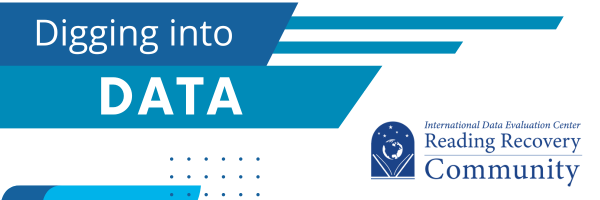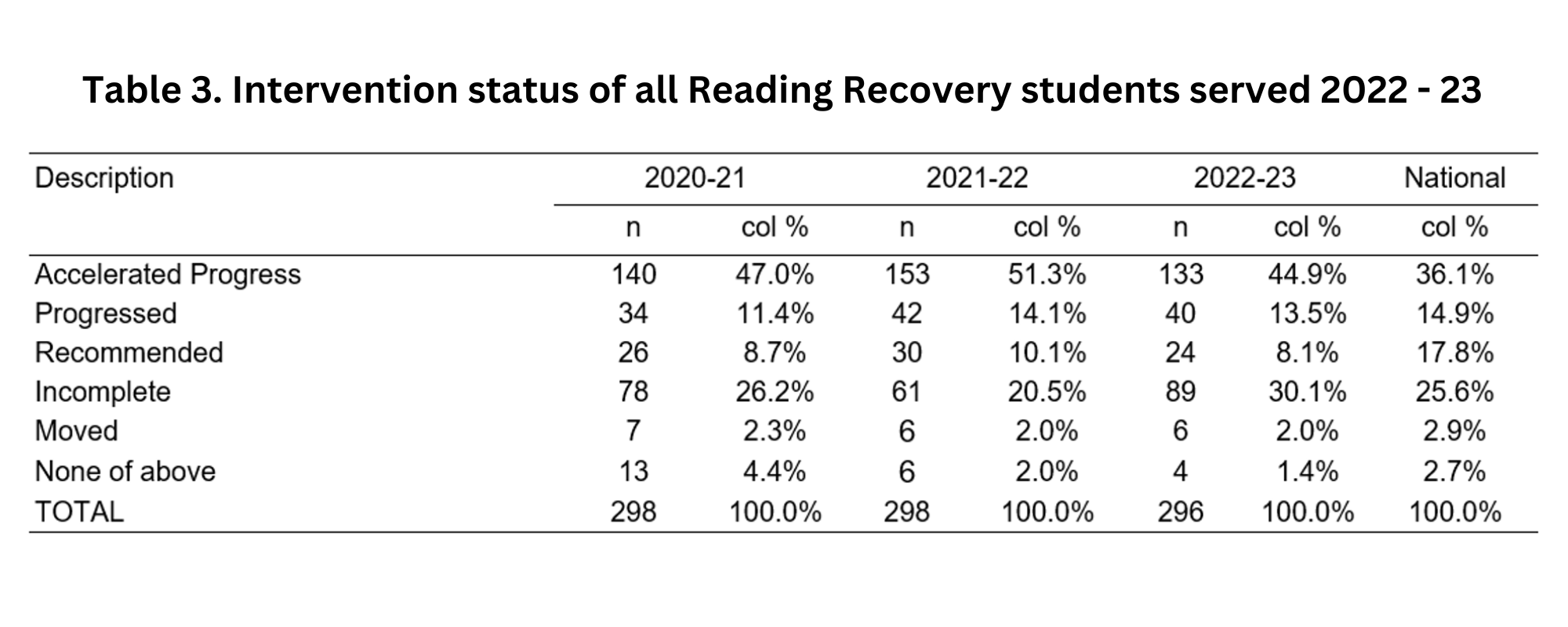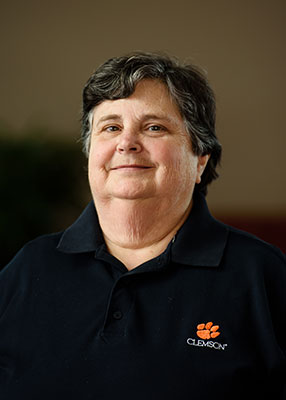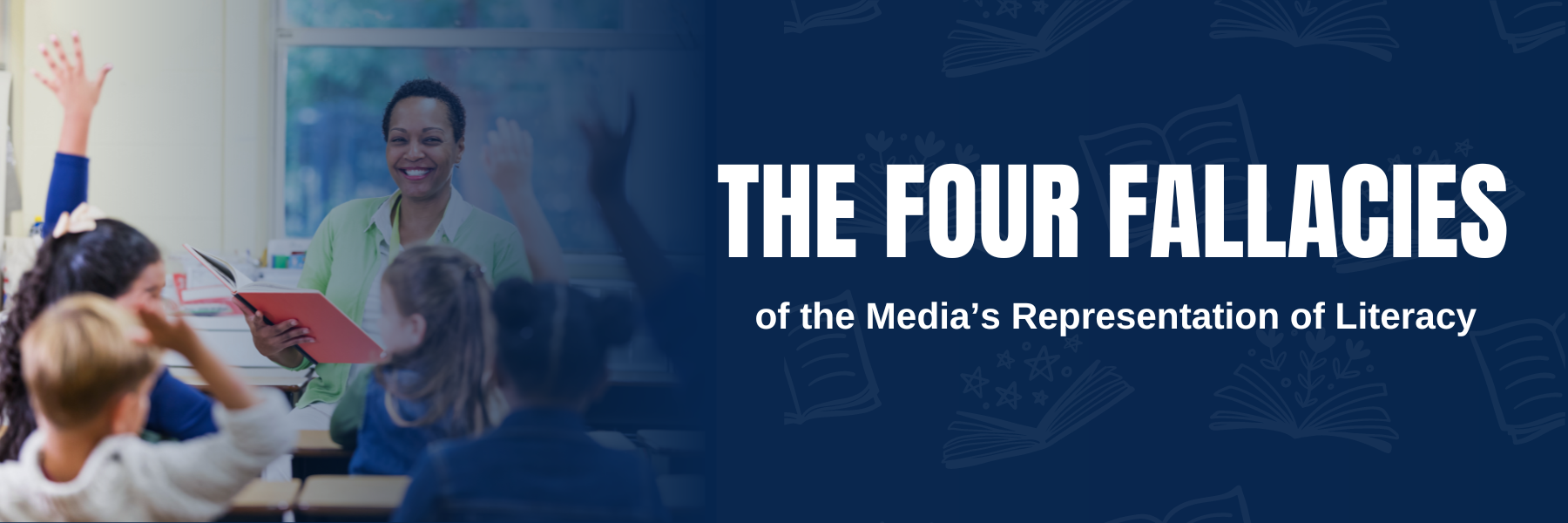Follow My Journey: Learning to Lead
John Maxwell says that a leader is “one who knows the way, goes the way and shows the way.” As a Reading Recovery Teacher Leader in training, I have learned so many new things about “the way.” I thought I had a fairly good understanding of Literacy Processing Theory before training, but now I realize how much more I had to learn. One of the most powerful takeaways from this part of my training is a deeper understanding of reading and writing reciprocity. Rather than seeing them as separate activities with obvious connections, I now see how they use the same processes for constructing meaning and how doing one strengthens the other (Clay 2016). This shift in my understanding has changed the priority I place on the writing portion of the lesson. I never want my students to miss out on the “extra power” that reading and writing bring to one another.
Another major shift in my understanding this year has been the importance of teaching language and using an “economy of words.” I have always known that I am an over-teacher, with lots of words, so it wasn’t too surprising that I had to type out long manuscripts for lesson analysis. What was quite revealing, was how much of a factor it played in my time management and teaching effectiveness. My words were really getting in the way of the child’s efficient problem-solving and bogging down the pace of the lesson. I have since worked very hard to be short and concise with my prompts and explanations. Although I remain a work in progress, I can confidently say I have improved a great deal.
One of the most challenging and rewarding parts of this training year has been learning to lead the program for my district. I have been incredibly fortunate to be able to continue learning from my teacher leader, Jan Grisham, while also observing and engaging with teacher leaders in Texas, Missouri, and others, virtually. My amazing university trainer, Donita Shaw, drove me hundreds of miles to be a part of different training classes and learn a variety of ways to lead teachers through Reading Recovery training. Thank you to Rena Comer and Jacinda Weldy, in Nixa, MO. and Carmen Lipscomb and Marcia Kellum in Denton, Texas. These were invaluable experiences for me to have and I appreciate these wonderful teacher leaders for embracing me and answering all of my questions.
As this training year comes to an end and I prepare for my field year of being a Teacher Leader, I am thankful for the opportunity to continue learning “the way” and going “the way” of helping children become confident, independent readers and writers. Hopefully, I’m also ready to show “the way” now too. One thing I’m sure of is that it is a privilege to serve teachers, students, and this learning community. I also know that although my training year is ending, the real work is just beginning!









 ___________
___________



